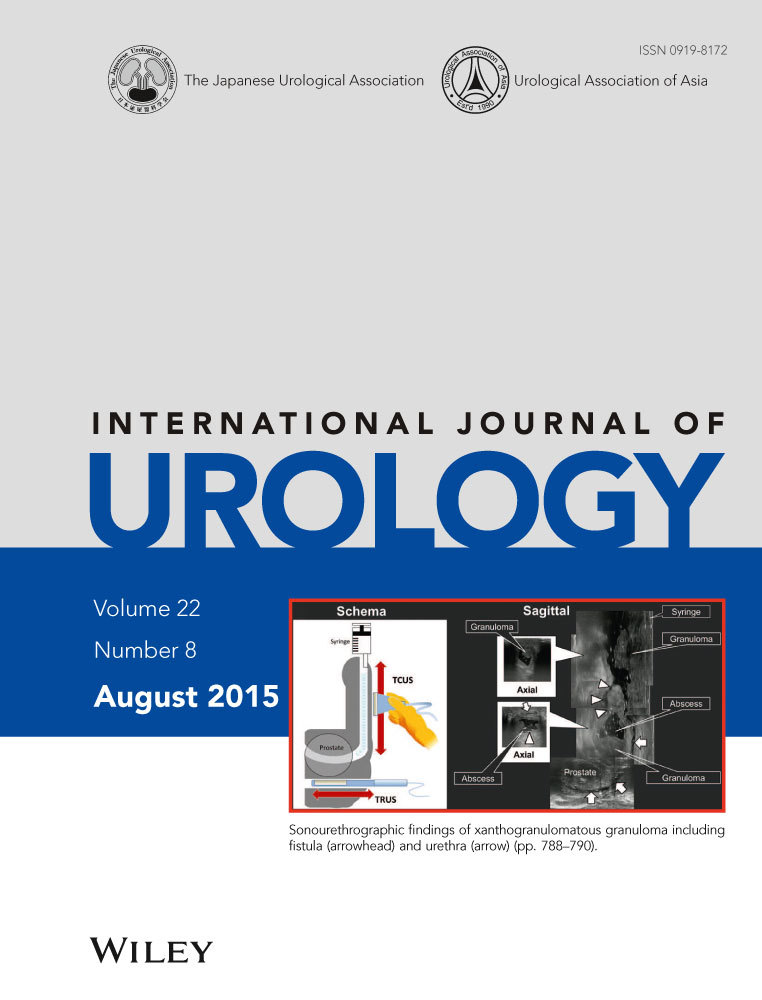Performance status as a significant prognostic predictor in patients with urothelial carcinoma of the bladder who underwent radical cystectomy
Abstract
Objectives
To assess the significance of performance status as a prognostic factor after radical cystectomy for urothelial carcinoma of the bladder.
Methods
The present study included 730 consecutive patients with urothelial carcinoma of the bladder who underwent radical cystectomy. Clinicopathological outcomes in these patients were analyzed focusing on the impact of performance status, which was assessed using the Karnofsky Performance Status scale before surgery. Patients were classified into groups with Karnofsky Performance Status ≥90 and ≤80.
Results
A total of 561 (76.8%) and 169 (23.2%) patients were judged to have Karnofsky Performance Status ≥90 and ≤80, respectively. During a mean of 52.0 months, disease recurrence and mortality occurred in 257 (35.2%) and 249 (34.1%) patients, respectively, and the 5-year recurrence-free and overall survival rates were 64.1 and 65.3%, respectively. There were significant differences in age, hemoglobin, albumin, estimated glomerular filtration rate, pathological T stage and nodal involvement between the Karnofsky Performance Status ≥90 and ≤80 groups. Multivariate analysis showed independent impacts of Karnofsky Performance Status, pathological T stage, nodal involvement and lymphovascular invasion on recurrence-free survival, as well as independent impacts of Karnofsky Performance Status, age, body mass index, hemoglobin, pathological T stage, nodal involvement and lymphovascular invasion on overall survival.
Conclusions
The results suggest a significant association between impaired performance status and unfavorable prognosis in patients with urothelial carcinoma of the bladder undergoing radical cystectomy.




